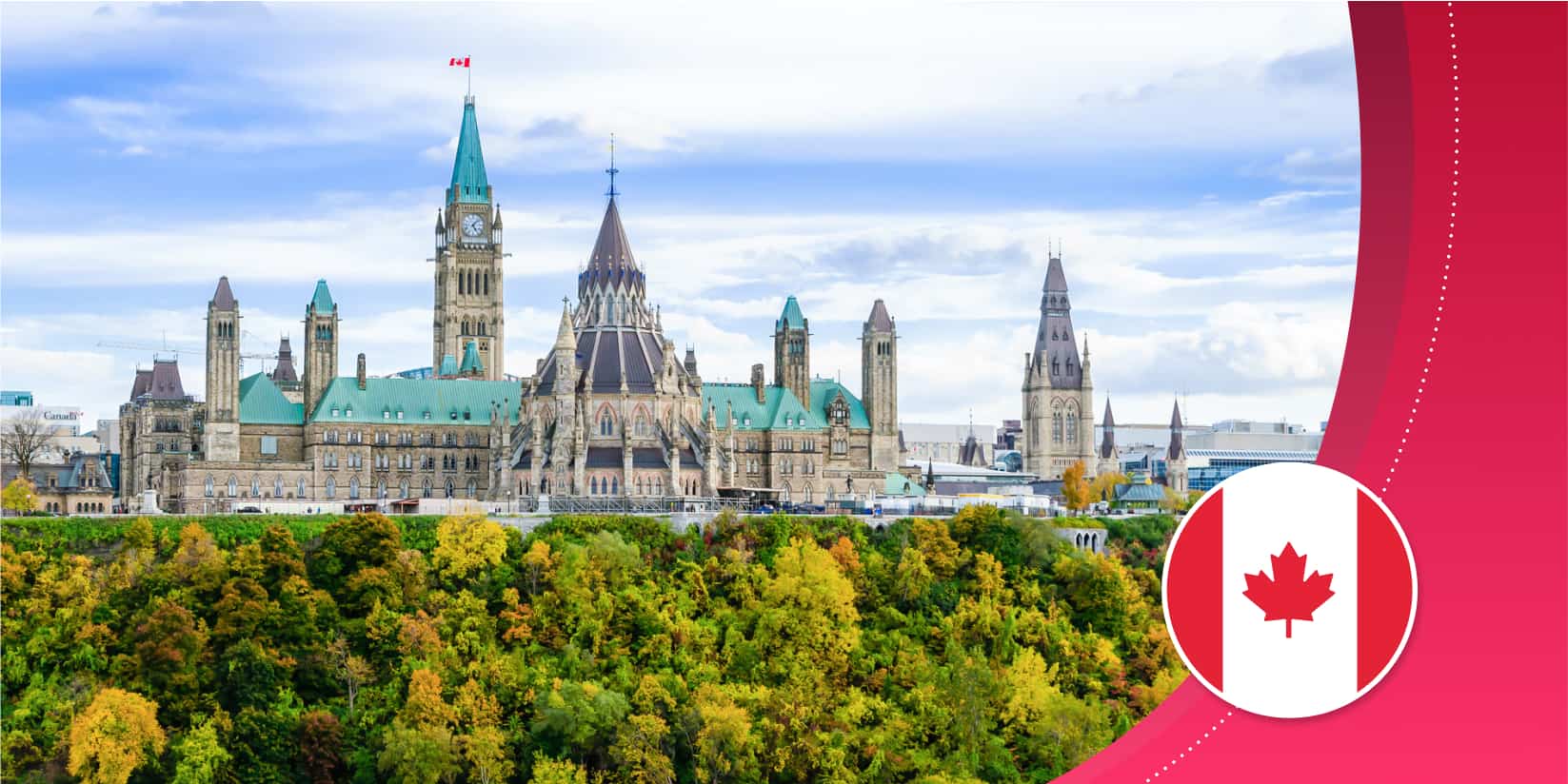Every year, the Canadian government shares its Immigration Levels Plan (ILP) before November 1. This plan essentially looks forward to determine the country’s priorities for immigration over the next three years. This year, the 2025–2027 ILP was released on October 24, and it includes new targets excluded from previous NLPs.
Specifically, for the first time ever, the ILP was extended to include temporary resident targets. Under the 2025–2027 ILP, the government aims to reduce the volume of temporary residents (which include international students) from 6.5% to 5% of Canada’s population by December 2026.
However, the ILP targets for international students are aligned with the 2025 study permit caps, which were announced shortly before updates to the Post-Graduation Work Permit (PGWP) program earlier this fall, so there are no further changes to the number of international students who may come to Canada next year.
Read on for a closer look at the most recent ILP’s goals, and how the paths to temporary and permanent residency will evolve in response to these policy updates.
Note: This article is provided as information only, and is subject to change as policies are updated. For official guidance relating to Canadian student visas and immigration, visit the Immigration, Refugees and Citizenship Canada (IRCC) website, or connect with a Registered Canadian Immigration Consultant.

How Are Temporary Residents Affected by the 2025–27 ILP?
Temporary residents include people like international students and temporary foreign workers. While the overall population of temporary residents in Canada will decrease in 2025 and 2026, as more temporary residents become permanent residents or leave Canada, the temporary resident population is scheduled to increase slightly in 2027.
Per the Canadian government, the target number of international student arrivals from 2025 to 2027 will not be changing further, as each year’s target is aligned with the previously announced cap on study permits for new international students. In 2025, international students will account for 45% of overall new temporary resident arrivals, rising to 59% of arrivals in 2026.
Meanwhile, temporary foreign worker numbers will be guided by the International Mobility Program and the Temporary Foreign Worker Program (TFWP). Changes to the TFWP include an increase to the starting hourly wage for temporary workers in the high-wage stream, as well as a 10% cap on employers hiring TFWs in the low-wage stream.
Wondering how this compares to past plans? Read about the 2024–2026 plan, 2023–2025 plan, or 2022–2024 plan on our blog.

How Will Canada’s Permanent Residency Approach Change in 2025?
Moving forward, the ILP projects that permanent resident (PR) admissions to Canada will decrease from the original target of 500,000 in both 2025 and 2026 to 395,000 in 2025 and 380,000 in 2026. A target of 365,000 PR admissions has been set for 2027.
More PR admissions will be aligned with federal economic priorities, which includes ensuring that jobs in high-demand sectors like health care and trades are filled by skilled newcomers. The ILP also places emphasis on an “in-Canada focus.” This includes support for family reunification, government-assisted refugee support, and helping to ensure that temporary residents already in Canada (like international students) can transition to permanent residency.
These measures are meant to encourage current temporary residents to stay and thrive: per Immigration, Refugees and Citizenship Canada, it’s “anticipated that more than 40% of overall permanent resident admissions in 2025 will be students or workers already in Canada.”
Another goal of the ILP is to strengthen Francophone communities outside of Quebec. Within the overall PR admission targets, Francophone immigration will rise from 8.5% of the total target in 2025 to 10% in 2027.
Learn more about how the new Francophone Minority Communities Student Pilot offers opportunities to French-speaking international students.

At ApplyBoard, we’re committed to supporting the international student journey. We continue to work with IRCC and our partners across the sector to create accountability and transparency in the international student recruitment and admissions process.
Our team will continue to follow and report on policy updates as they develop. For more updates, visit the IRCC website’s news page.
Where can I find more information?

